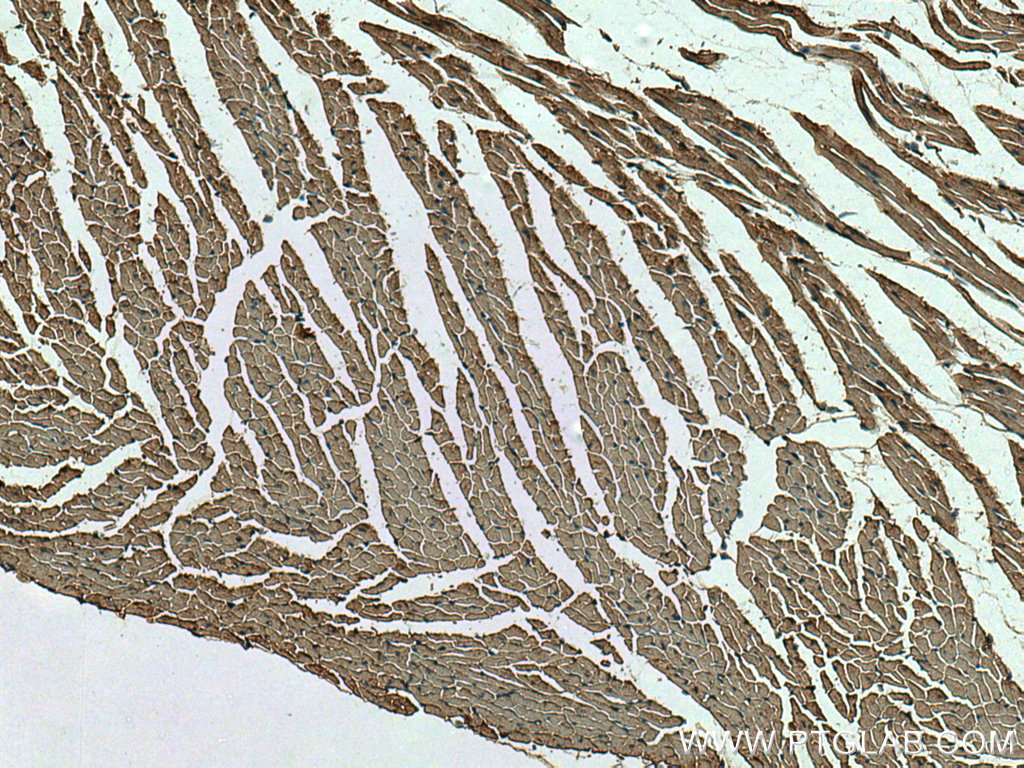

The heartbeats are therefore spaced out to find a slower rhythm.Ĭardiac coherence can be used by everyone.

When it is low, we have an increased sense of anxiety.Ĭardiac coherence therefore allows, with the help of breathing, to regulate this heart rate variability. This time, between each beat is called “ Heart Rate Variability“.

The intervals between each heartbeat are then decreased. That is why it responds automatically, by speeding up, in an anxiety-provoking environment. The heart is governed by the autonomic nervous system, meaning that it functions without conscious movement on our part. The main objective of practicing cardiac coherence is to bring about a rapid calming. It is at the intersection between relaxation and biofeedback (which is the rehabilitation of behavior through awareness of physiological reactions). The heart will then echo the breath, harmonizing with it. It aims to practice voluntary breathing, which will allow soothing of anxiety. All rights reserved.It is a method like a “ physiological balance” that comes to regulate the heart rate with our emotions. This suggests that evaluating cerebral ischemia using phase coherence of HbO 2 might be a helpful outcome predictor following CA.Ĭardiac arrest Cerebral oxyhemoglobin Functional near-infrared spectroscopy Hypoxic-ischemic brain injury Prognosis Wavelet phase coherence.Ĭopyright © 2020 Elsevier B.V. The predictive method using NSE and phase coherence of HbO 2 in the interval III from the vascular smooth muscle cells could be a useful tool for prognosticating after CA. The predictive method using neuron-specific enolase (NSE) and interval III value demonstrated good discrimination (area under the curve 0.919 95% confidence interval, 0.850-0.989). Poor outcome group had significantly lower phase coherence in the myogenic frequency interval III compared to good outcome group (0.36 ± 0.14 vs.

Additionally, the predictive method was developed using the biomarker and coherence value after CA.Īmong the included patients, 19 patients (22.9%) had a good outcome. We evaluated the outcomes using cerebral performance category (CPC) scores (good outcome, CPC ≤ 2 and poor outcome, CPC ≥ 3) at 3 months after CA. The coherence between sections of prefrontal HbO 2 oscillations in five frequency intervals (I, 0.6-2 Hz II, 0.15-0.6 Hz III, 0.05-0.15 Hz IV, 0.02-0.05 Hz and V, 0.0095-0.02 Hz) were analyzed. The HbO 2 data were collected during the post-resuscitation period (median day, 1) using functional near-infrared spectroscopy. Moreover, we aimed to develop a prognostication method after CA.Įighty-three post-resuscitation patients were included. We investigated the relationship between the wavelet coherence of cerebral oxyhemoglobin (HbO 2) among different channels and outcomes after CA. Electronic address: prognosis for cardiac arrest (CA) is associated with the degree of cerebral ischemia. 7 Department of Neurology, Seoul National University Hospital, Seoul, Republic of Korea Department of Critical Care Medicine, Seoul National University Hospital, Seoul, Republic of Korea.Electronic address: 1 Department of Neurology, Seoul National University Hospital, Seoul, Republic of Korea Department of Critical Care Medicine, Seoul National University Hospital, Seoul, Republic of Korea. 6 Department of Emergency Medicine, Seoul National University College of Medicine, Seoul, Republic of Korea.5 Department of Neurology, Seoul National University Hospital, Seoul, Republic of Korea.4 Department of Critical Care Medicine, Seoul National University Hospital, Seoul, Republic of Korea.3 Clinical Research Center, Asan Medical Center, Seoul, Republic of Korea.2 Department of Electrical Engineering, Korea Advanced Institute of Science and Technology, Daejeon, Republic of Korea.1 Department of Neurology, Seoul National University Hospital, Seoul, Republic of Korea Department of Critical Care Medicine, Seoul National University Hospital, Seoul, Republic of Korea.


 0 kommentar(er)
0 kommentar(er)
